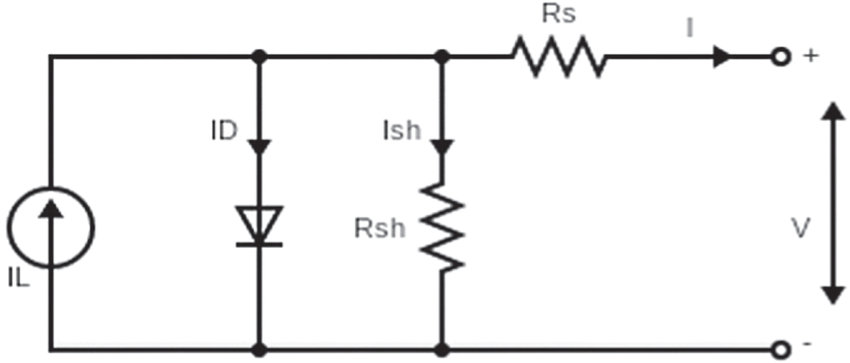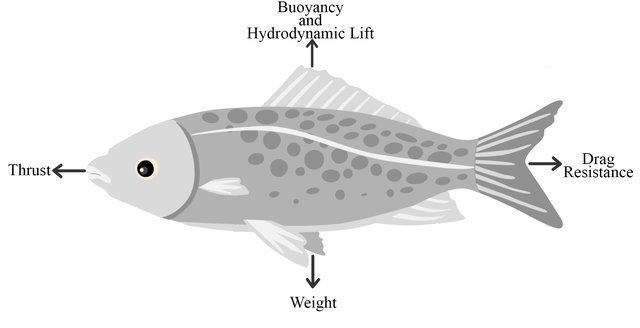
Effect of thickness and temperature on flexible organic P3HT:PCBM solar cell performance
A blend of poly 3-hexylthiophene (P3HT) and [6, 6]-phenyl-C61-butyric acid methyl ester (PCBM) is used as a photoactive layer for simulating a bulk heterojunction organic solar using general-purpose photovoltaic device model (GPVDM) software. The optical and electrical performance of the cell had been analyzed by changing the thickness of each layer and substrate material over a range of operating temperatures from -10 °C to - 40 °C. The flexible device exhibits higher PCE compared to a rigid device. The performance of the device was studied using transient simulation at different operating temperatures showing degradation in overall performance while enhancing the de-trapping of charge carrier and the recombination rate. Despite the increase in the number of absorbed photons while increasing the active layer thickness to 300 nm, a successful conversion of photon energy to electrical energy is not possible at higher thickness. The electrical simulation showed that a maximum power conversion efficiency (PCE) can be achieved with 220 nm thick active layer while decreasing the thickness of ITO and PEDOT: PSS layers due to minimization of optical losses. © 2021 The Author(s). Published by IOP Publishing Ltd.

